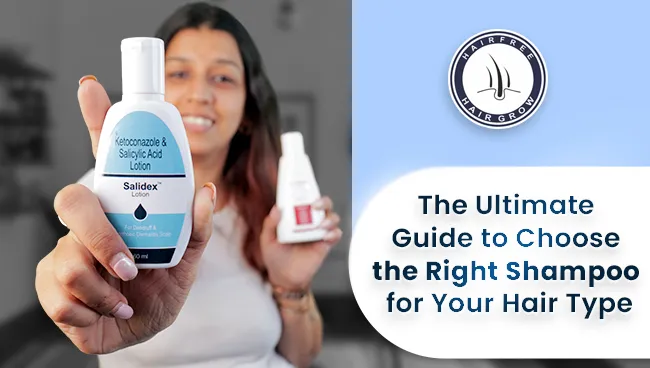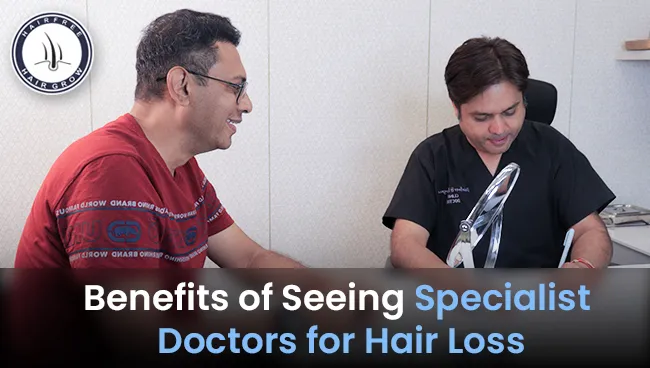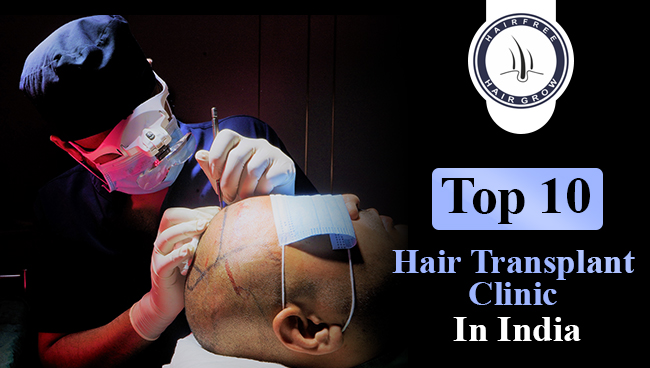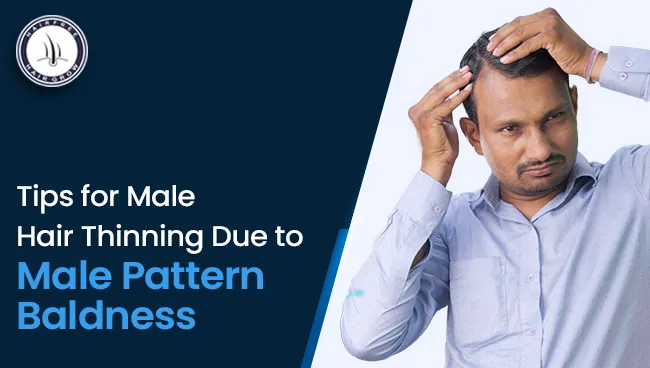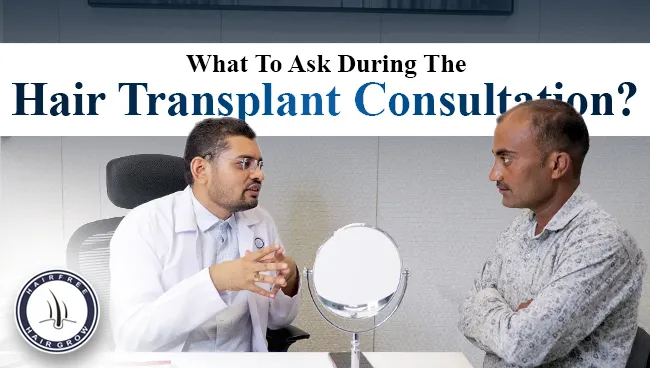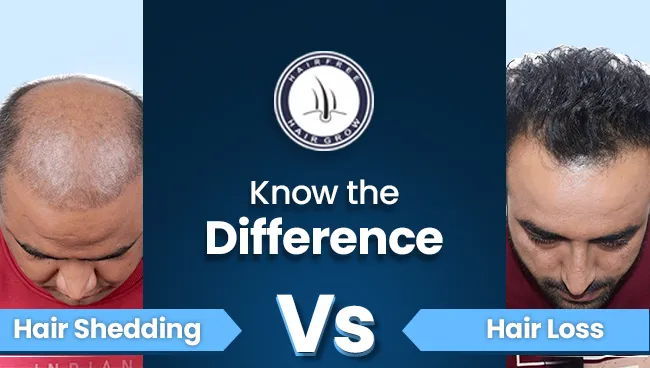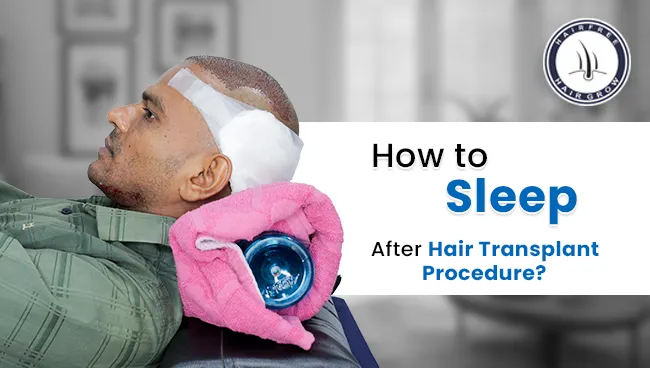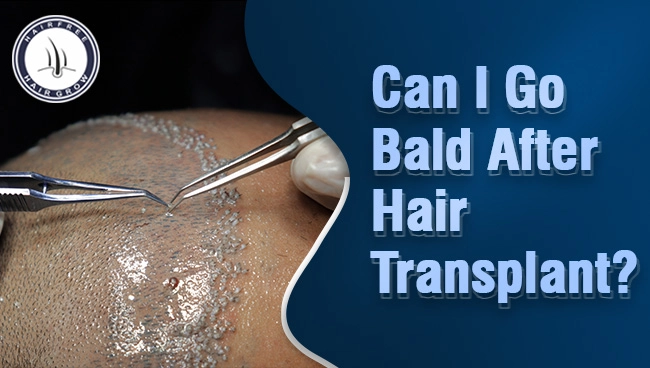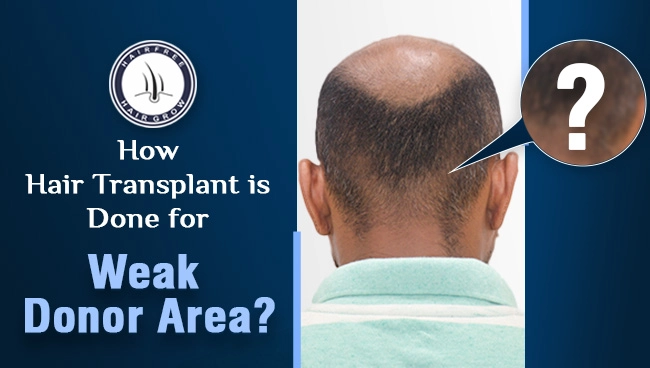Yes, a hair patch is generally safe if it’s made from good-quality material and applied by a professional. Just make sure to keep it clean and well-maintained to avoid scalp issues.
Hair patches have become a popular non-surgical solution for hair loss. But one question people often ask is, “Is a hair patch actually safe?” Whether you’re dealing with baldness, thinning hair, or alopecia, it’s important to know the safety and side effects before going for a hair wig or patch.
In this blog, we’ll explore the safety, pros and cons, and side effects of hair patches, all backed by expert opinions and real user experiences.
What is a Hair Patch?
A hair patch is a non-surgical hair replacement system where synthetic or natural hair is attached to a base (usually silicone or lace) and then fixed to the bald area using glue, clips, or tapes.
Unlike a hair transplant, a hair patch does not involve any surgical procedure and gives instant results.
Is Hair Patch Safe?
Yes, for most people, hair patches are considered safe, especially when:
- Applied and maintained by a professional.
- Good-quality materials are used.
- Proper hygiene is maintained.
However, like any cosmetic procedure, there are some potential risks and precautions to keep in mind.
Potential Side Effects of Hair Patch
Here are some side effects people might face if proper care is not taken:
1. Skin Allergies
- Some adhesives or tapes used to attach the hair patch may cause skin irritation or allergic reactions.
- Look out for itching, redness, or rashes on the scalp.
Tip: Always do a patch test with adhesives.
2. Scalp Sweating
- The area under the patch may sweat more, especially in hot weather.
- Excessive moisture can lead to fungal infections or dandruff.
Solution: Use scalp cleansing sprays and clean the base regularly.
3. Itching or Discomfort
- If not fitted properly, the hair patch can feel tight, itchy, or uncomfortable.
Solution: Get the patch applied by an experienced stylist.
4. Hair Fall Around the Patch
- Improper fixing or removal may damage the natural hair around the patch.
- Tugging and pulling during cleaning can cause traction alopecia.
5. Bad Odor
- If the patch is not cleaned regularly, sweat and dirt buildup can cause foul smells.
Tip: Use medicated shampoo or anti-bacterial sprays.
6. Headache or Pressure
- Some users report mild headaches in the first few days after application due to tight fitting.
7. Glue Buildup on Scalp
- Long-term use without proper cleaning can lead to glue residue that clogs pores and affects scalp health.
Pros and Cons of Using a Hair Patch
Pros | Cons |
Instant results | Requires regular maintenance |
Non-surgical and painless | May cause itching or sweating |
Customizable design and style | Can loosen in humid or wet conditions |
Reversible (can be removed anytime) | Needs professional help for application |
Budget-friendly compared to transplant | May need replacement every 6-12 months |
Real User Experiences
- A study published in the Journal of Cutaneous and Aesthetic Surgery mentions that non-surgical hair systems like patches offer psychological benefits such as improved self-esteem and body image.
- Many users on platforms like Quora and Reddit have shared positive experiences but emphasized the need for good hygiene and professional maintenance.
Safety Tips for Hair Patch Users
- Get it applied only by certified professionals.
- Clean the patch and the scalp once every week.
- Avoid wearing it continuously for more than 2 weeks.
- Always do a skin patch test before using any adhesive.
- Let your scalp breathe between reapplications.
Alternatives to Consider
If you’re unsure about a hair patch for men, here are a few other safe options:
- Hair transplantation (surgical, permanent)
- Scalp micropigmentation (semi-permanent tattooing)
- PRP therapy (Platelet-Rich Plasma)
- Hair regrowth medications like minoxidil or finasteride (consult doctor)
Final Thoughts
So, is a hair patch safe?
Yes — when used correctly and cared for properly. It’s a great short-to-mid-term solution for those not ready for surgical treatments. Just make sure to prioritize hygiene and maintenance and consult a professional before starting.
Need Help Choosing the Right Hair Loss Solution?
Every scalp is different. Before you pick a treatment — be it a patch, transplant, or medication — do your research, consult a hair expert, and think long-term.
1. Is hair patch safe for long-term use?
Yes, hair patches are generally safe for long-term use if proper hygiene, regular maintenance, and high-quality materials are used. However, long-term use without care can lead to scalp irritation or hair damage.
2. Does wearing a hair patch cause hair fall?
Improper application or removal of the hair patch can sometimes cause traction alopecia (hair fall due to pulling). But if applied correctly by a professional, it usually doesn’t damage your natural hair.
3. Can a hair patch damage the scalp?
A hair patch won’t damage the scalp if you maintain good hygiene and use skin-friendly adhesive. However, continuous use without cleaning may lead to sweat buildup and minor skin infections.
4. Are there any side effects of using a hair patch?
Possible side effects include itching, sweating, headaches, skin irritation, and glue buildup—mainly if not maintained well. These can be avoided with regular cleaning and professional help.
5. Is it safe to sleep with a hair patch on?
Yes, you can sleep with a hair patch on—especially if it’s glued properly. However, regular sleeping with the patch on without breaks may reduce its lifespan and cause sweating or discomfort.
6. Can I wear a hair patch while swimming or showering?
Most high-quality hair patches are water resistant, but excessive exposure to water (especially with chlorine or salt) may weaken the adhesive. It’s best to avoid swimming with it or use a waterproof sealant.
7. Is a hair patch better than a hair transplant in terms of safety?
Yes, in terms of safety, a hair patch is safer than a hair transplant as it’s non-surgical and painless. However, it’s temporary, whereas a hair transplant offers a permanent solution with a longer downtime and recovery.
Written By
MBBS, DDV
Dr. Jinkal Kunjadiya is a hair restoration specialist with deep expertise in non-surgical solutions. He offers clear insights on Is Hair Patch Safe, helping patients choose safe, effective options for natural-looking hair without surgery.
Disclaimer
We’ve made all possible efforts to ensure that the information provided here is accurate, up-to-date and complete, however, it should not be treated as a substitute for professional medical advice, diagnosis or treatment. See Detailed Disclaimers Here.


